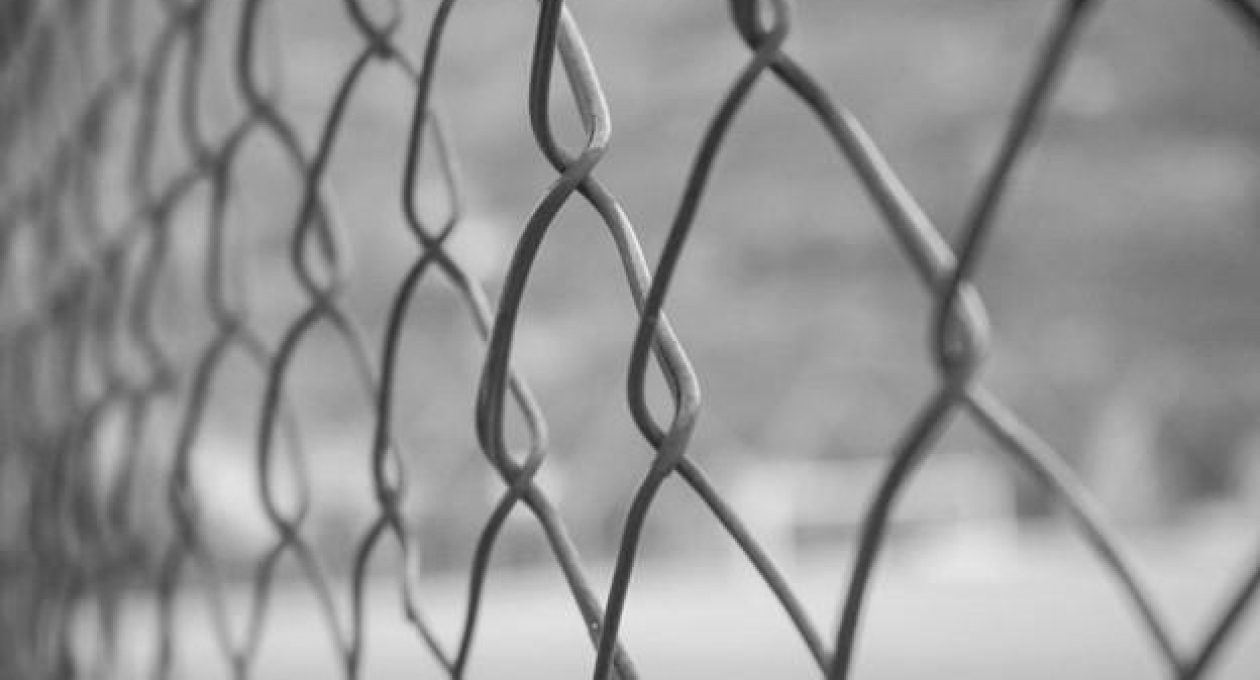For girls at risk of trafficking: prevention is the best policy.
Tigger warning: talks of abuse
Places like Pattaya, Thailand, look like idyllic vacation hotspots on the surface. Restaurants, karaoke bars, and massage parlors line the beach-front city. However, it doesn’t take much to see the pervasiveness of the sex industry. In towns like this, child prostitution is not rare, and up to 33% of the women working in the sector are trafficked.
Thailand has a reputation for sex tourism. People worldwide go to Pattaya, Chiang Rai, and Bangkok to see sex workers. While some female sex workers choose to work in the industry, many are trafficking victims. Trafficking occurs when a person is coerced or trapped into joining the sex industry or if they enter the industry underage. According to the Global Safety Index, an estimated 610,000 people were trafficked in Thailand in 2018. Southeast Asia carries the greatest concentration of trafficked victims- most of whom are women and girls. As trafficked sex workers, these girls will be more likely to face extreme forms of violence and be at high risk for HIV and STIs.[1]
Who is vulnerable?
In Thailand, girls growing up in rural, northern hill communities are particularly vulnerable to trafficking. This area hosts migrants from neighboring countries, escaping from climate change or conflict. These people struggle to claim Thai citizenship and do not have many rights that provide legal protection. [2] As agrarian communities, many rely on farming which does not yield stable incomes. The worst poverty in the country is in Northern Thailand[3]. With low access to resources and little protection, girls in this area are most vulnerable to trafficking.
How are girls trafficked?
Trafficking can happen through coercion. Traffickers prey on the vulnerable and may promise families economic gain if they send their daughters to work in the cities. Traffickers may also make promises and trick girls into sex work. Drugging and force are also not uncommon.
The desperation of poverty serves as a key driver towards trafficking, where young girls may self-select into the industry. While this may seem like a choice, these girls are too young to know what they are getting into. They may enter the industry with the best intentions of helping their family but find they are trapped. Once in the industry, young girls are likely to be abused both physically and sexually.
Why is prevention the best policy?
Trafficking and sex work cause much trauma and pain, so prevention is best. There are global treaties in place that call for action against trafficking. Sadly, however, prevention does not receive priority in these international agreements.
In Preventing Child Trafficking: A Public Health Approach, the authors provide a well-researched argument that education, mentorship, and life skills training are all strong preventative measures against trafficking. They mention the importance of “empowering vulnerable individuals, building resilience, and reducing the risk of exploitation.”
Girls need to know they are not inevitable victims of trafficking. Many believe that sex work is one of the only options for them and their future. Many have watched family members move to the cities for sex work. Mentors from their community who attended school and have thriving careers show these young girls what is possible. It disrupts the narrative that they only have one option.
Education is also a deterrent. While poverty and desperation are critical drivers towards trafficking, our research shows that when families see their daughters in consistent education, they believe they have opportunities beyond sex work. Education also serves as a protector- keeping girls in a safe place at a time when they are vulnerable to being picked up by traffickers.
The GATE Program prevents trafficking. For vulnerable girls in Northern Thailand:
- We ensure they stay in school by providing educational support like lunch, bus fare, and school supplies. We provide this support from a young age until college, giving these girls every opportunity to be what they want.
- We host essential training courses on bullying, online safety, anti-trafficking, and body image- to ensure they are ready to handle the threats they may face and know their self-worth.
- We employ a social worker to work within the family context. Serving as both mentor and coach, our staff demonstrates to girls and families that sex work is unnecessary.
- This year, we plan to take the girls on a career tour- introducing them to women in business, taking them to universities, and showing them what is possible.
We want the girls in our program to grow up never knowing the trauma of sex work, only a life of hope and promise.
.
[1] rbap-hhd-2009-regional-assessment-of-sex-trafficking-and-sti-HIV-in-se-asia.pdf (undp.org)
[2] https://doi-org.dml.regis.edu/10.1093/oso/9780190840099.003.0003
[3] https://www.theguardian.com/global-development/poverty-matters/2011/jan/19/millennium-development-goals-poverty-definitions-thailand
